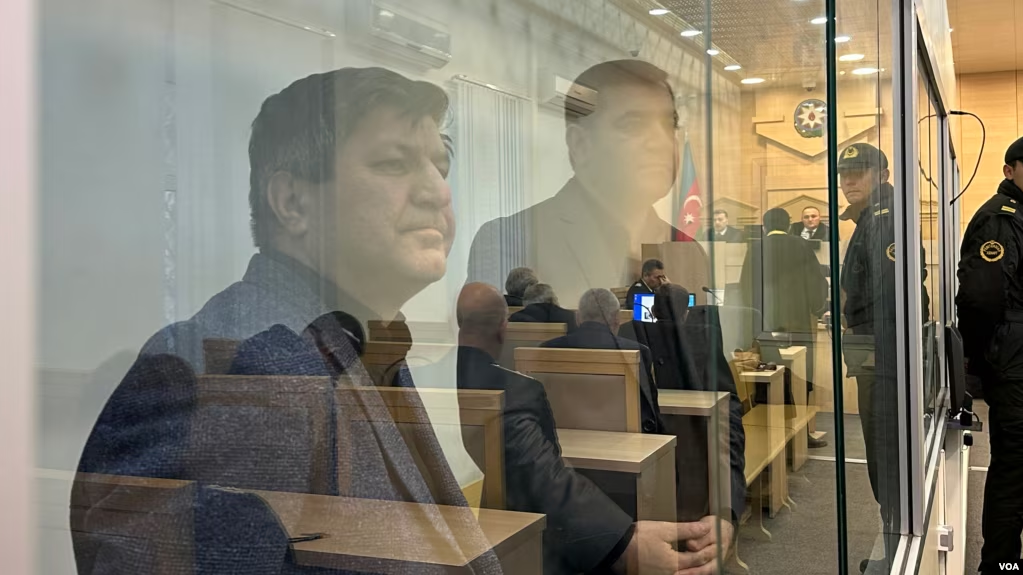When I first arrived in Denmark as a lone immigrant, I continued to go home for Christmas. All I noticed at first about the Danish Christmas was that it smelled a bit different and was a little less commercialised, but otherwise it was the same as what I was used to.
My view of Danish Christmas changed when I could speak Danish. My school has a yearly trip to the local church on the last day before the December break. The first time I went, I had zero idea what the vicar was saying. The second time, I was stunned to hear a sermon about the conversion of the Vikings. (In short: Viking leader invited to become Christian. Missionary did a magic trick. Conversion.)
This was a real whiskey tango foxtrot moment for me. I was shocked that a vicar wanted to tell pagan fairy stories to celebrate her Messiah’s birth. It was a good story, sure, but it does not say anything about the messages of Christmas (which are: sharing is good, God loves us, children give us hope). You would think you could rely on a vicar to slot at least one of those bad boys in.
Thing is, Christianity is not the religion of Denmark. Danishness is. Many believe their traditions stem from when a pagan warlord was convinced that Christianity prevents burns. Nowadays, the worship of Jesus is considered a bit weird, but not observing the shibboleths of Danishness, especially at Christmastime, is seen as a major provocation. Witness a community deciding not to put up a tree and the unholy ruckus that results. One politician has had death threats for saying it is not really for parliament to interfere with what they are doing. Yes, death threats.
One commenter said that anyone saying Danish traditions are open for discussion is a traitor, so death threats are not surprising. So much for “peace on earth and goodwill to all men”!
Where is the tree in the New Testament? The Christmas tree was introduced to Denmark in the 1800s by Germans. In fact, most Danish Christmas traditions that are no longer up for discussion are both modern and foreign. The woven heart thingies: 1800s. Wrapping paper: 1800s. Christmas elves: 1840s. Æbleskiver: late 1800s. Creamy rice pudding: late 1800s. Advent calendars: early 1900s, from Germany. Flags on trees: 1940s. Santa: post 1940s.
The ‘perennial’ Christmas Eve menu is also more modern than Viking times. The potato did not become popular in Danish kitchens until the 1800s, and as for roast pork and duck, they only really got popular a little over 100 years ago.
Many Christmas traditions started during the Occupation in the Second World War as a way of asserting a sense of national pride. This feeling has warped over time into the idea that all Danish Christmas traditions are ancient and not subject to alteration.
Consider anyone in Denmark with a background other than evangelical Lutheran. The idea of celebrating Christmas in a different way, on a different day or not at all is thought outrageous. How else can we explain how everyone eats the same accompaniments with their roast meat on Christmas Eve? In my country, families have their own variations on their plate. In Denmark, there are the same four things next to the meat on the table and two of them are types of potatoes.
A friend of mine in London received a Christmas card from her new neighbour with a cheery “Apologies if you don’t celebrate Christmas!” Here friends are asked “Yes, but HOW do Jews celebrate Christmas?”
Denmark needs to mix it up a little. Sure, these traditions are nice, but we badly need some novelty. Brown potatoes and roast meat are delicious, but a little diversity also goes down well. Why not introduce some Brussels sprouts? Why not try having Christmas dinner at lunch time? Why not see what the Germans are doing this year and copy them? Again.
I think without this flexibility in approach, some Danes will continue to feel threatened by their neighbours observing their own family traditions in their own way.
Those without a sense of proportion, please send the death threats in the usual way.











